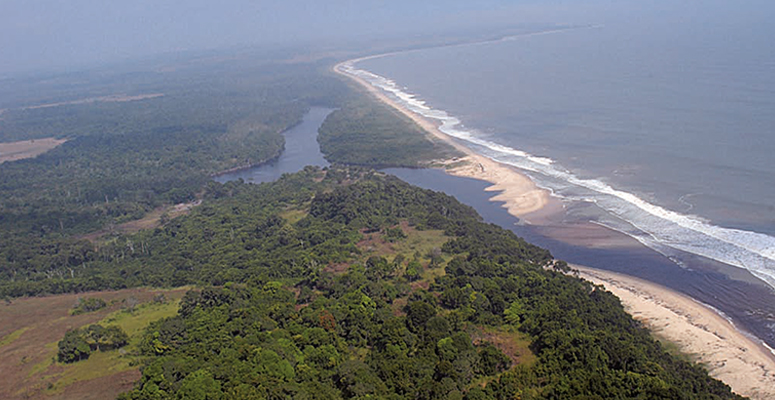Republic of
Congo Brazzaville
Congo, or Republic of Congo-Brazzaville, is a country of Africa, straddling the equator. It is surrounded by Gabon, Cameroon, the Central African Republic, the Democratic Republic of Congo (which the Congo River and the Ubangi river partly separate from Congo) and Cabinda, in Angola.
Congo extends on 1,300 km from North to South, from the Atlantic Ocean to the Central African border along the Congo River. It has many resources (water, woods, and ores) which are, unfortunately, badly exploited due to the sparse population.
Congo is sometimes called Congo-Brazzaville to avoid any confusion with the Democratic Republic of Congo or Congo-Kinshasa. Congo was also known as the Popular Republic of Congo (1969-1992).
